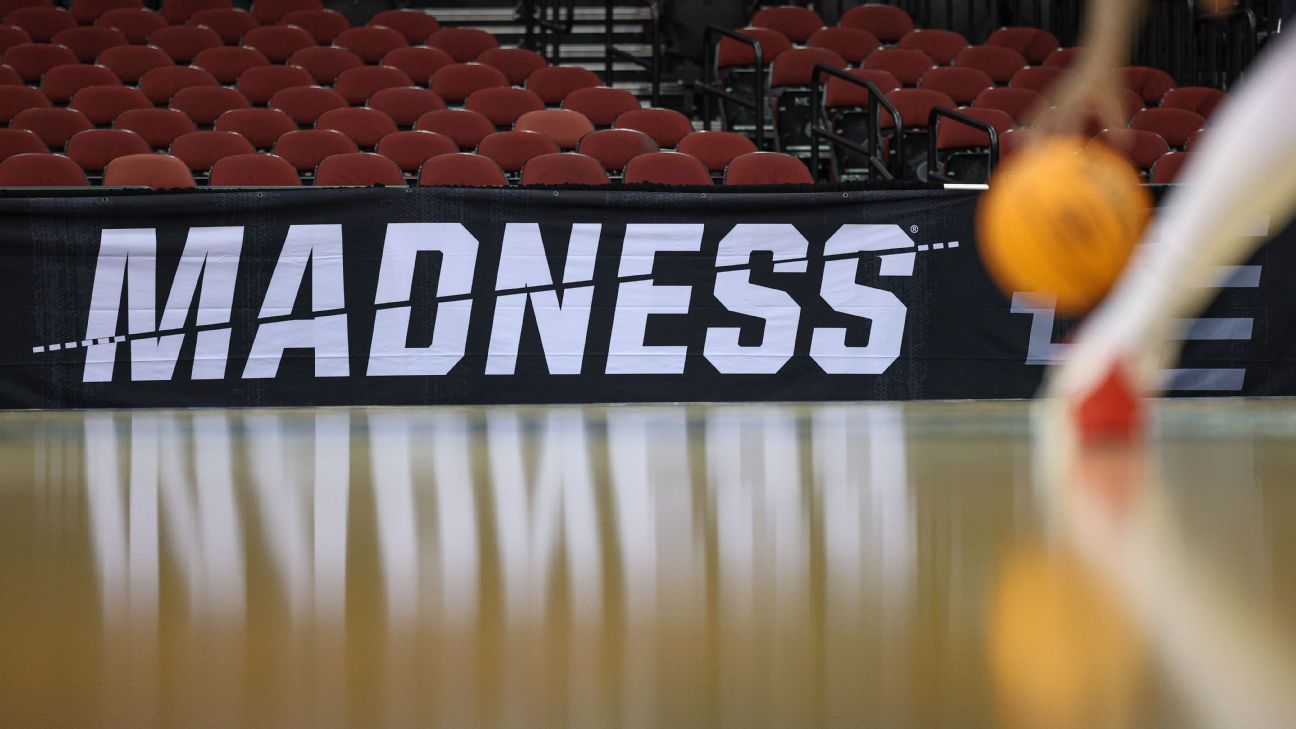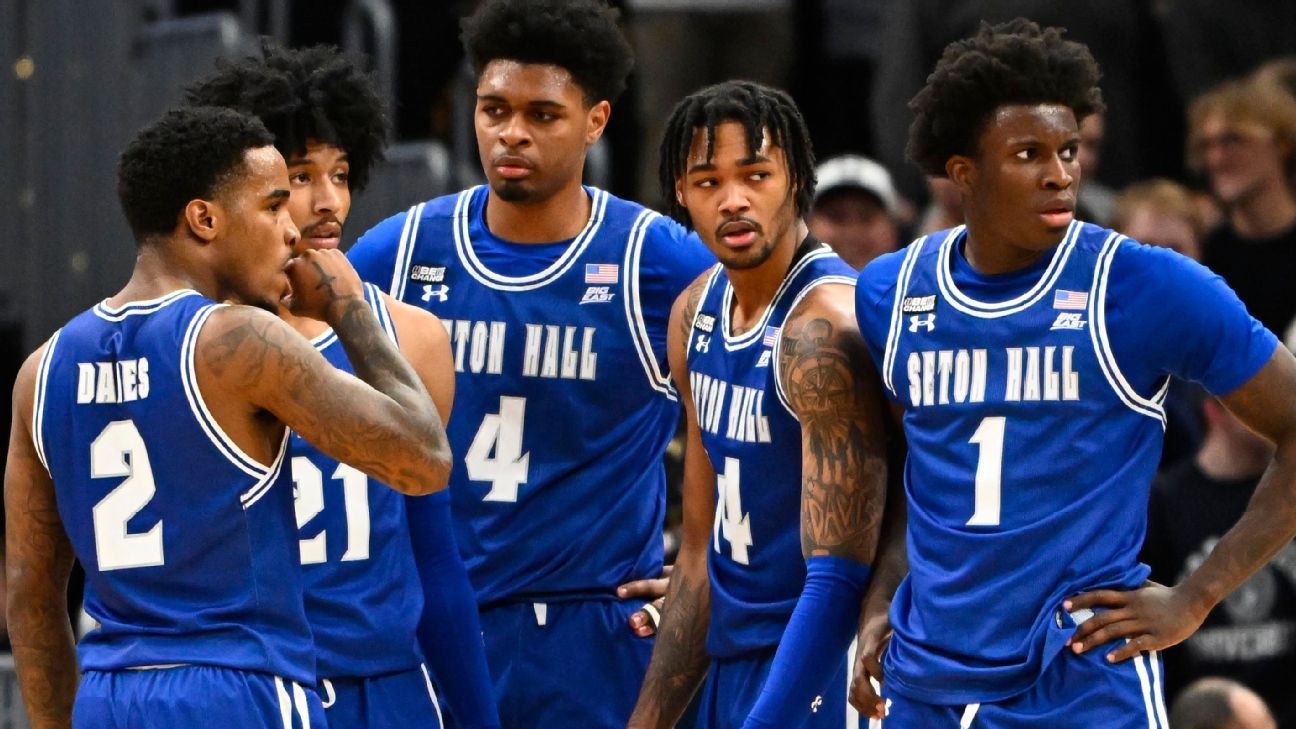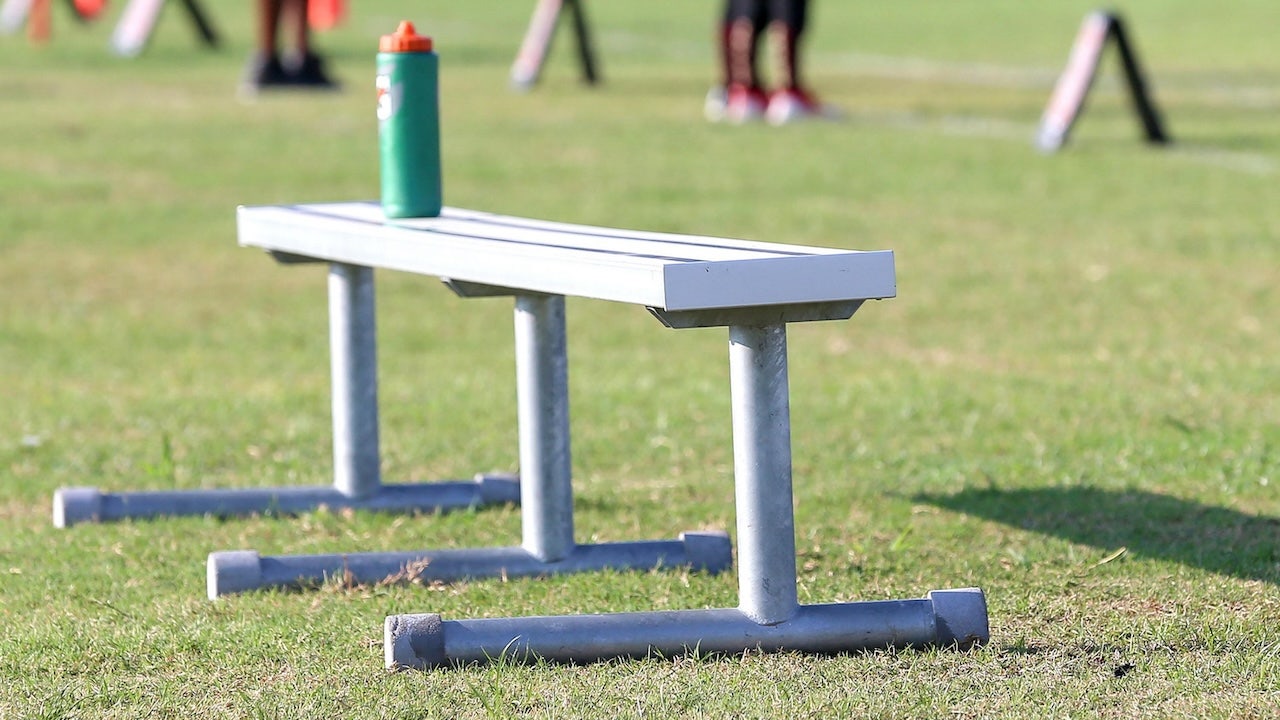Despite the large amount of manipulation of university basketball purists, expanding the NCAA tournament is not the terrible idea that many have suggested. In fact, his has really favored the modest expansion for quite some time, especially and essentially if he prevents the great specialties from following their own path.
There has not been a serious expansion for 40 years (when the tournament jumped from 32 to 64), and the basketball of division I has grown substantially at that time. With everyone looking for even more income, both internal and external pressures are pushing the elderly towards something that nobody wants: separate tournaments of those who have and do not have the no.
On the other hand, the NCAA is likely to approve an expansion to 72 or 76 teams, possibly as soon as this week. The NCAA is reluctant to adjust its support of 64 teams and a carefully thought calendar, which means that up to two dozen teams could be in previous rounds as soon as the next season. So we see the practical implications of a larger field, mainly for the new support, as well as what could be the involuntary consequences.
Because there are always involuntary consequences. Think about the introduction of the first four to the male tournament in 2011 (the Women's Tournament would incorporate it in 2022). Then we write that the first annoying of 16 vs. 1 was “practically guaranteed by the new format”, since adding a couple of what were previously 15 seeds to the expanded line No. 16 “would harden the competition” for the 1 seeds. “The 15 had already shown that they could beat 2 seeds,” we wrote, and in the 14 years after Umbc and Fairleigh Dickinson they have shown us well.
We cannot be so clairvoyant with this last expansion, since there are still more questions than answers in terms of support composition, where (and for whom) the necessary goodbyes will fall and, perhaps the most critical, change to the changes and geography of the tournament. Let's address each of those questions.

Who could obtain additional offers?
Perhaps the most important question is the simplest: who else will go dance? Suppose there are no changes in the number of automatic qualifiers (AQ) or the foundations of the team selection and planting.
If we had to look at the field of 68 teams last year and our Sunday team “bubble”, expand to 72 would have immediately added to West Virginia, Indiana, Boise State and Ohio State. Our next four outputs, if necessary to reach 76 teams, were Dayton Flyers, Wake Forest Demon Deacons, UC Irvine Anteers and Smu Mustangs.
It is a unique sample, but it is still reassuring that three of the eight bonus offers come from outside the traditional power conferences. He says here that is a very desirable result. Quality Mid-Mojors has been obtaining the squeery for years, so the new opportunities at that level of the game are welcome.
Back to the pandemic and look at the most selected equipment (by NET) higher (by net) adds even more perspective. This sample of 40 teams of possible additions in an expanded tournament decomposes as follows:
From my seat, this is still too unequal. But it is a beginning.
How will the support be built?
This is the most difficult question to answer. Currently, 60 of 68 teams receive what is equivalent to a “goodbye” in the main group of 64. With a field of 76 teams, only 52 would receive such goodbye.
Some would argue so that the lower 24 aqs open their way in the eventual field of 64. More would argue only the selections in general, in this case 24 of 45 not AQS, to do so. The most likely result, based on the history of the tournament, is another commitment. And the best path to that without making a complete disaster of the support is to designate three full seeds lines such as opening matches.
For the sake of the argument, we use the 10, 11 and 12 seed lines, which, most of the time, have been seen in the first four. These are typically a stronger mixture of AQ and the final teams. Duplicating the number of offers in each of those lines takes us to 76 teams. Put them on the triple leaves from Tuesday to Tuesday and we would have a really attractive television product (better than, for example, Alabama State vs. St. Francis (PA)).
Using the 2025 tournament as an example, add the next eight bubble equipment (indicated by an asterisk below) to the support would have produced something like that for an opening round:
The final count here is four AQS, four Dare Atwords and the eight new statengers (teams 69-76). There is also a division close to even power conferences and not.
Being realistic, what seeds could the new teams obtain?
The first four were quite intentional in the designation of the four lower teams of the AQ group of both the AQ group and the General Group. The resulting Dayton doublers have presented a couple of 16 compared to 16 clashes along with, typically, 11 vs. 11 seeds. The first four also “divide the baby”, if you wish, in terms of relegating an equal number of major and older major than the opening round.
With expansion, especially if at 76, that ordered commitment goes out the window. Instead of eight teams that play four opening games, a support of 76 teams requires 24 teams, a mass increase, playing 12 opening games. In other words, almost a third of the field must squeeze an additional contest shortly after Sunday selection to keep the calendar of the existing tournament intact.
The cleanest medium for that purpose is to play triple games on Tuesday and Wednesday. It will not be an easy change for Tuesday's teams, but only half of the 24 participants of the opening round will be in that situation. (The number of equipment and games required for a field of 72 teams falls to 16 and eight, respectively, with eight games on Tuesday and Wednesday in two places).
When could these teams play?
The only thing that NCAA wants more than a perfect 64 -team support after the opening round is a tournament that does not require a change in its calendar. The male championship has a perfect cadence in CBS/Turner, coordinating the last four one week before the masters and the selection of retreating Sunday in that window.
Possibly, an expanded opening round could go back one or two days, as it was for the Covid 2021 tournament, and extend the round from 32 to Monday or Tuesday of the following week. But that would interrupt on Thursday and traditional Friday of the first round, possibly the most popular element of the existing format.
The only change that provides for the long time is the elimination of all the championship games of the conference on Sunday of Selection, resulting in a selection show that is transmitted earlier in the day. This would give additional travel and preparation time to the 24 opening participants.
Where could the new teams play?
Dayton has its first four accommodation privileges during tournament 2028. An option is to move the remaining additional games to a pre -existing first/second round. Most likely, to create a legitimate atmosphere of the tournament, as well as the necessary support flexibility, the solution is to identify a complementary opening round site and replicate the Dayton model outside the east time zone.
Geography must be the main consideration here. Until we can think of a configuration that keeps the dozen winners of the opening round immediately who need to go to the airport, that trip must be minimized.
I would select the site that is not Dayton based on the subregional locations in the tournament of each year. This next season is not that nobody asked, my vote would be for Kansas City.
Looking at the general product, I do not love the cumbersome opening round required by 76 (or even 72) equipment. I still believe that the best tournament would have the original 64 teams with some type of minimum eligibility requirement for large medium students. But, at this point, the factors beyond basketball point towards inevitable expansion.
Are these perfect solutions? No.
But a fractured sport without the NCAA tournament, since we know it would be much worse.












